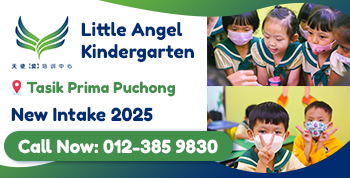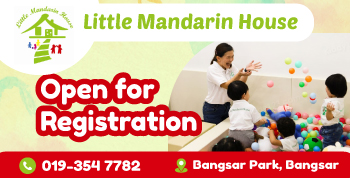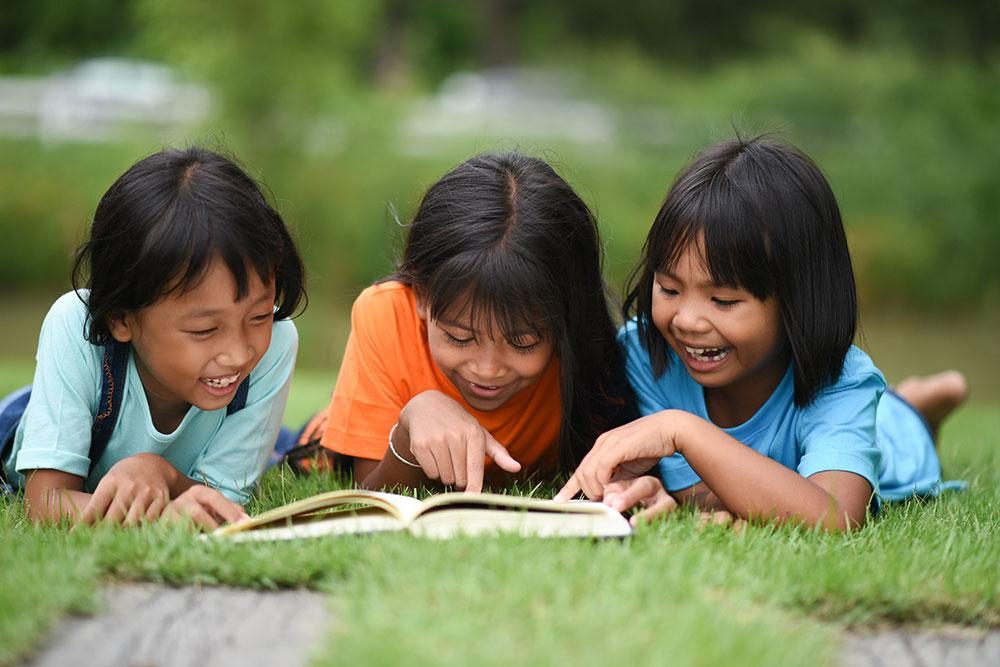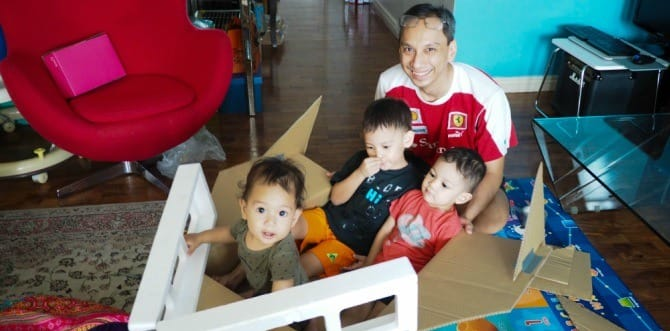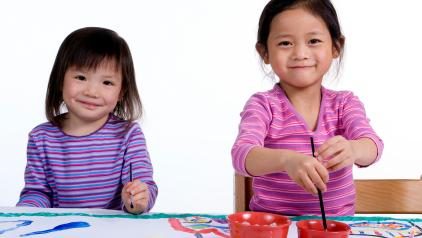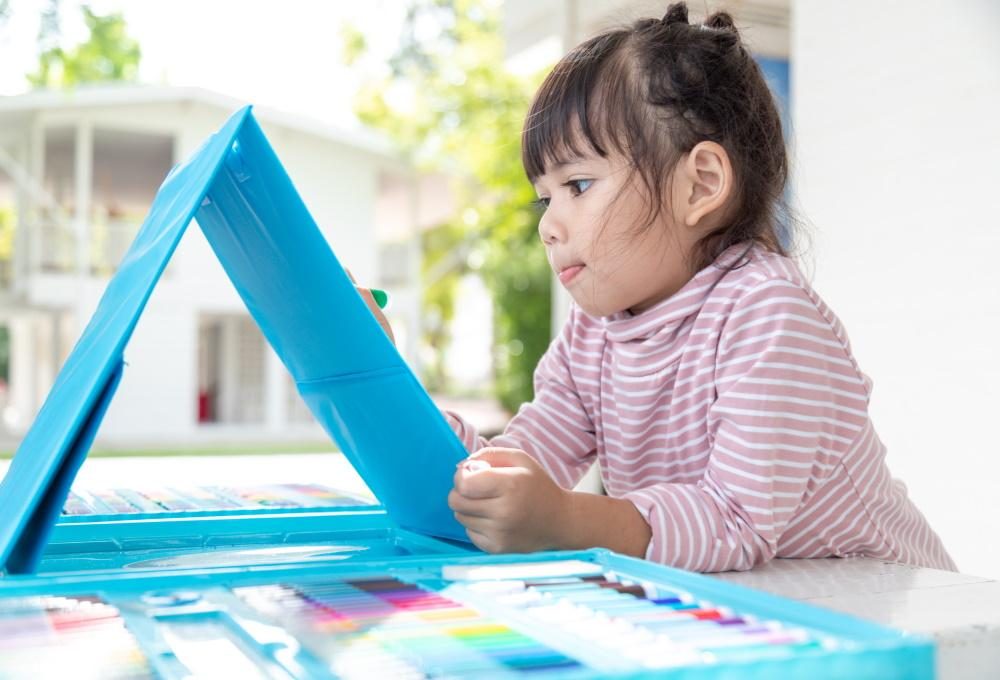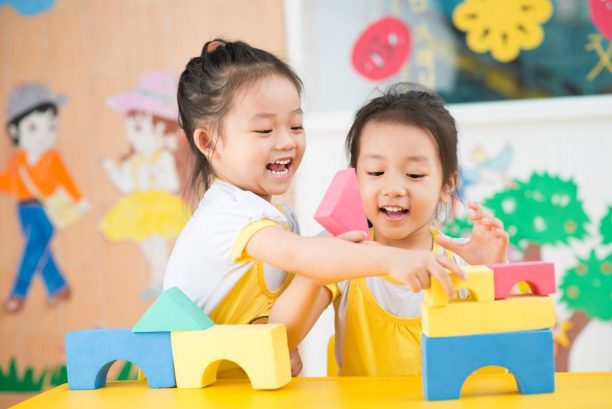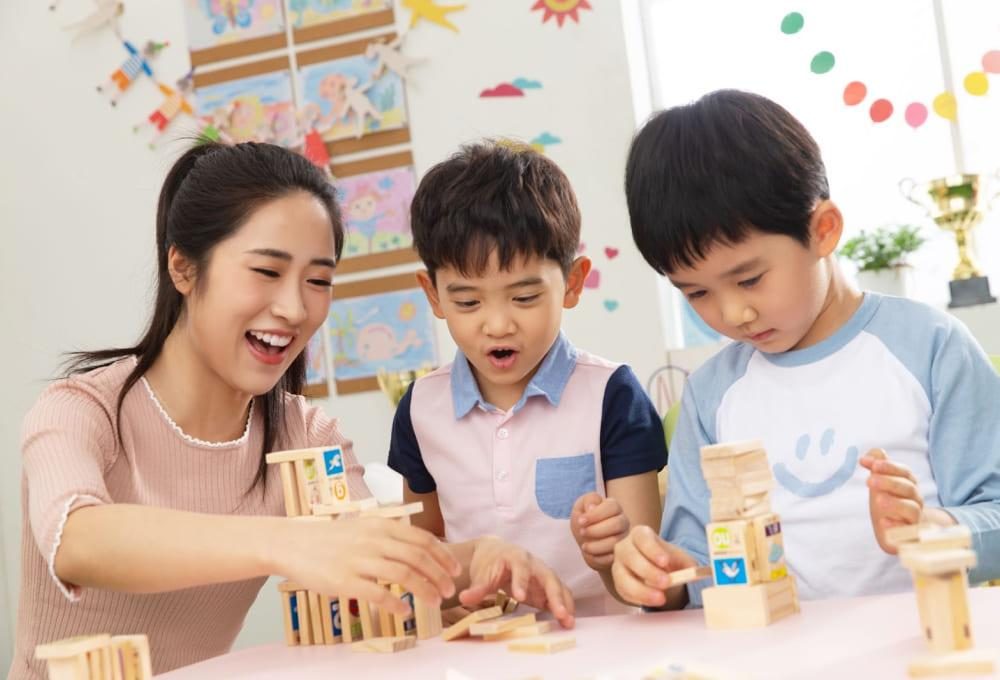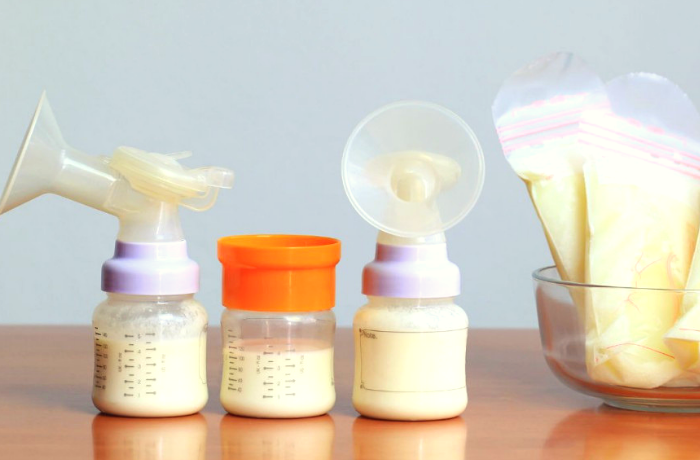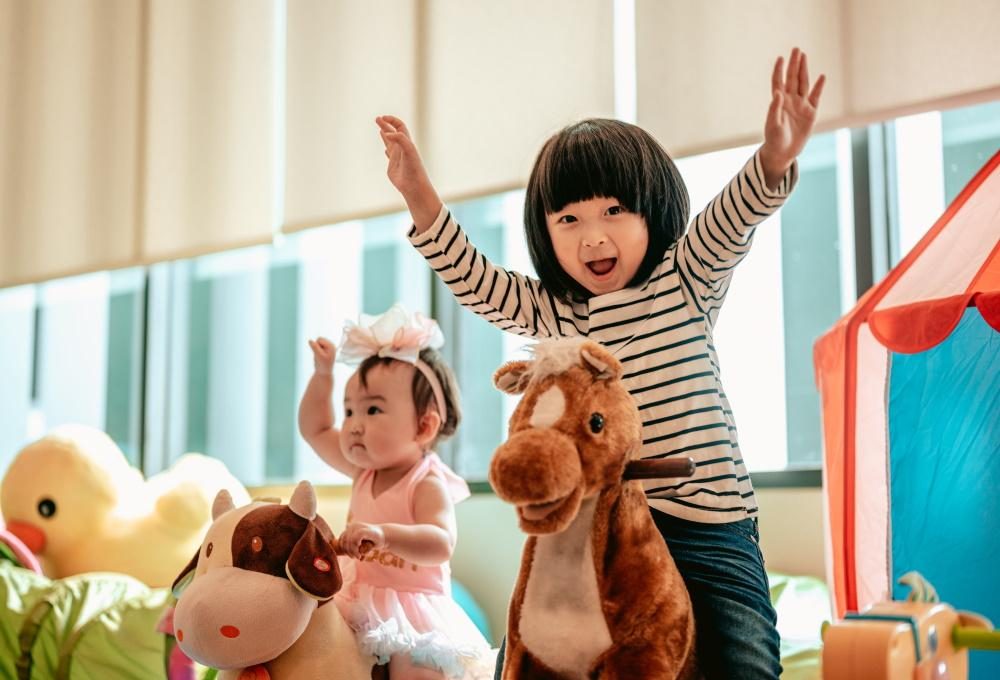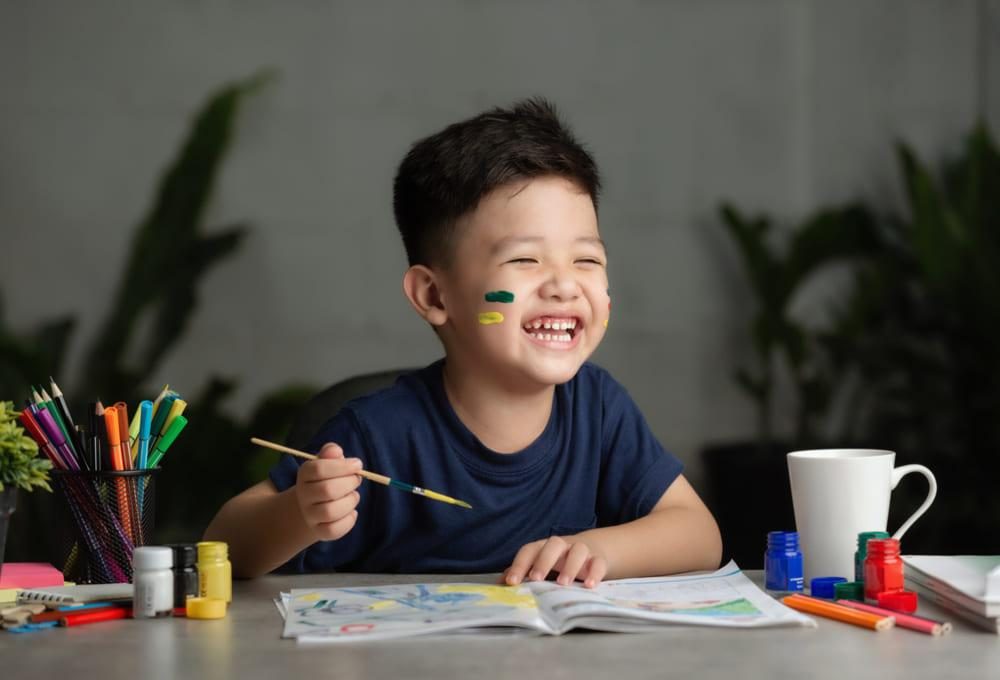How to support children’s language development, according to an educational consultant
by on 10/06/2022 ...
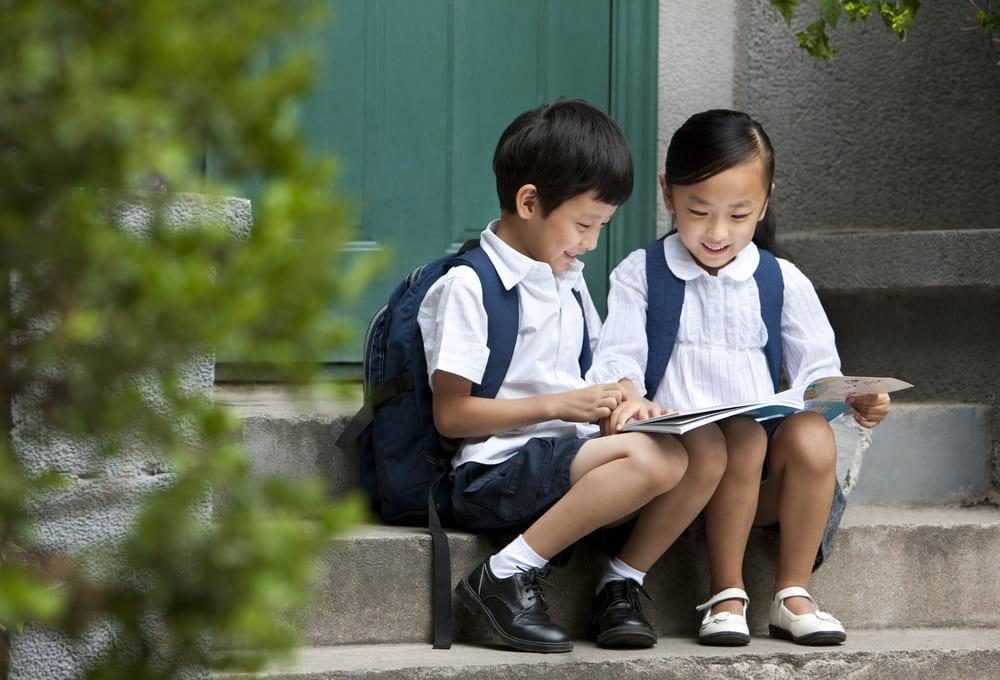
Teaching interactive read-aloud lessons, including asking students about the book after, are proven strategies to cultivate children’s literacy and language development in the classroom. However, more often than not, it’s common for children to reply in one- or two-word answers when asked about the story.
“Who was your favourite character?”
“The snowman!”
“One way to facilitate deeper analytical talk from students is to use sentence stems,” shares Erin Zuccaro, an experienced educational consultant from Philadelphia. Sentence stems are two- to three-word sentence starters that can help younger children share their thinking in complete sentences. For example, “I remember ______,” “I learned ______,” and “I wonder ______.”
For a more effective read-aloud session, try using sentence stems to spark conversations with children before, during and after reading the book. Soon, you will notice everyone participating in full sentences.

Here’s an example of how you can incorporate sentence stems reading the book Anywhere Farm.
Anywhere Farm by Phyllis Root
This brilliant book pairs rhyming text and cheerful illustrations to create an uplifting tale of a little girl who decides to create an “anywhere farm” where she is, with a tiny patch of soil in an empty yard. With just some soil, sunshine, water and a little seed, she inspired her neighbours to plant their own seeds using anything they have and can find, forming a warm tight-knit community bustling with life and laughter.

Try this!
- Before: On the front cover, we see a little girl and her garden patch. You can ask your question by saying, “I wonder what made her like gardening?” “I wonder what she has planted?” “I wonder if any of you have a garden at home?” “I wonder …”
- During: This part of the story taught me that I can plant a seed and create a garden literally anywhere, in a pot, pan, cup or even an old shoe! When you make a connection to the book, you can say “I learned that I could grow a plant by putting a seed in some soil, water it and wait until the shoot pushes its way up through the soil.” “I learned that a plant goes through different stages starting from a seed, sprouting to a seedling before becoming a plant with flowers or fruits in the end.” “I learned …”
- After: We learned so much from this book, from growing plants to celebrating friendships within a community. Sometimes, we might still have more questions. Let’s turn to your friend on your side, and ask “I wonder …”







